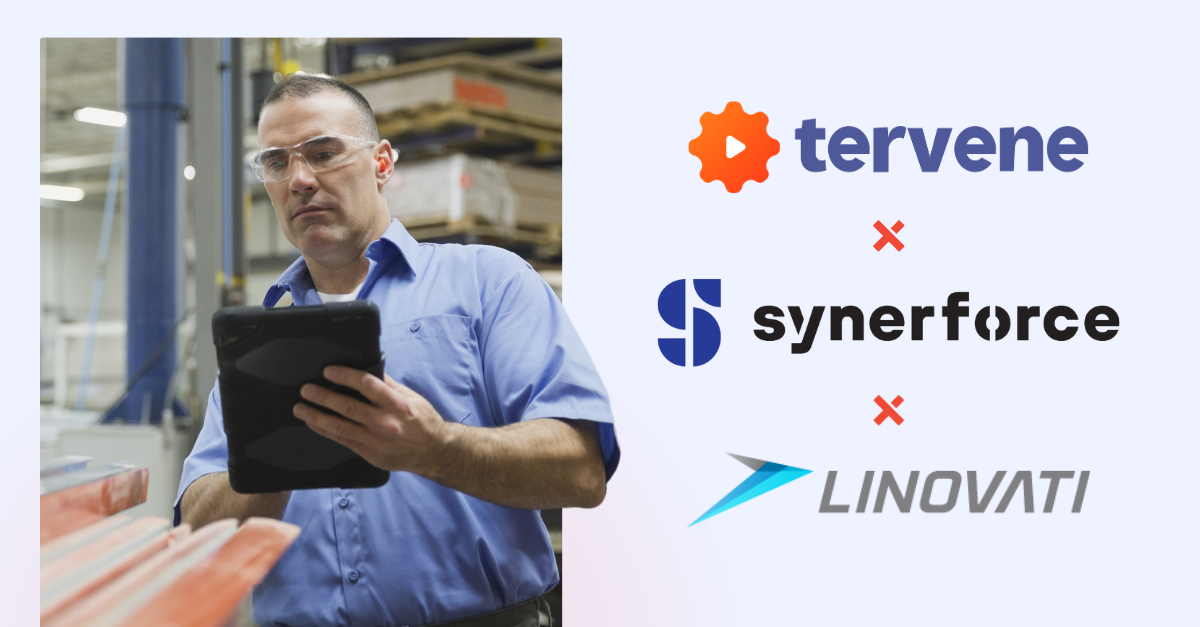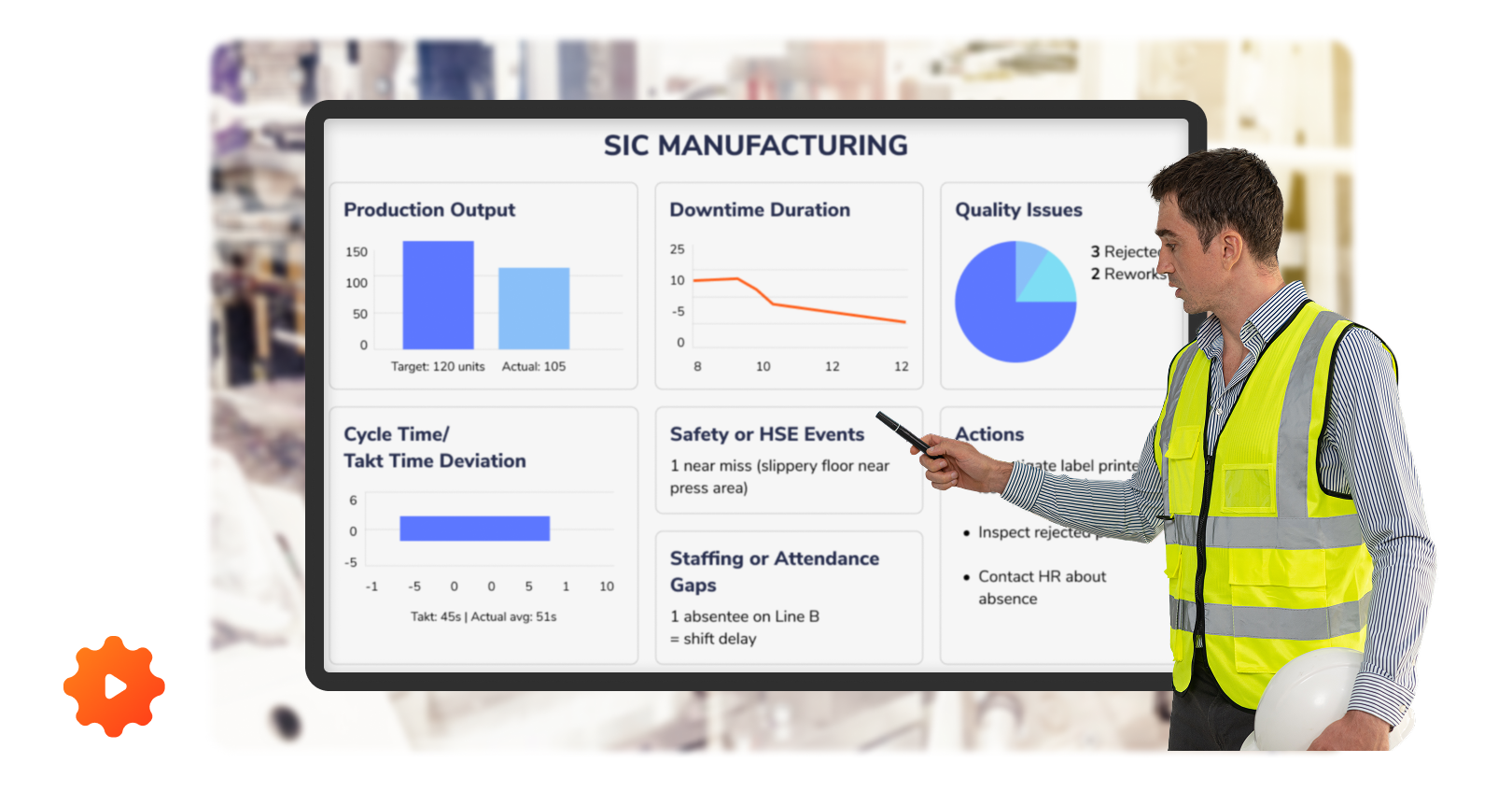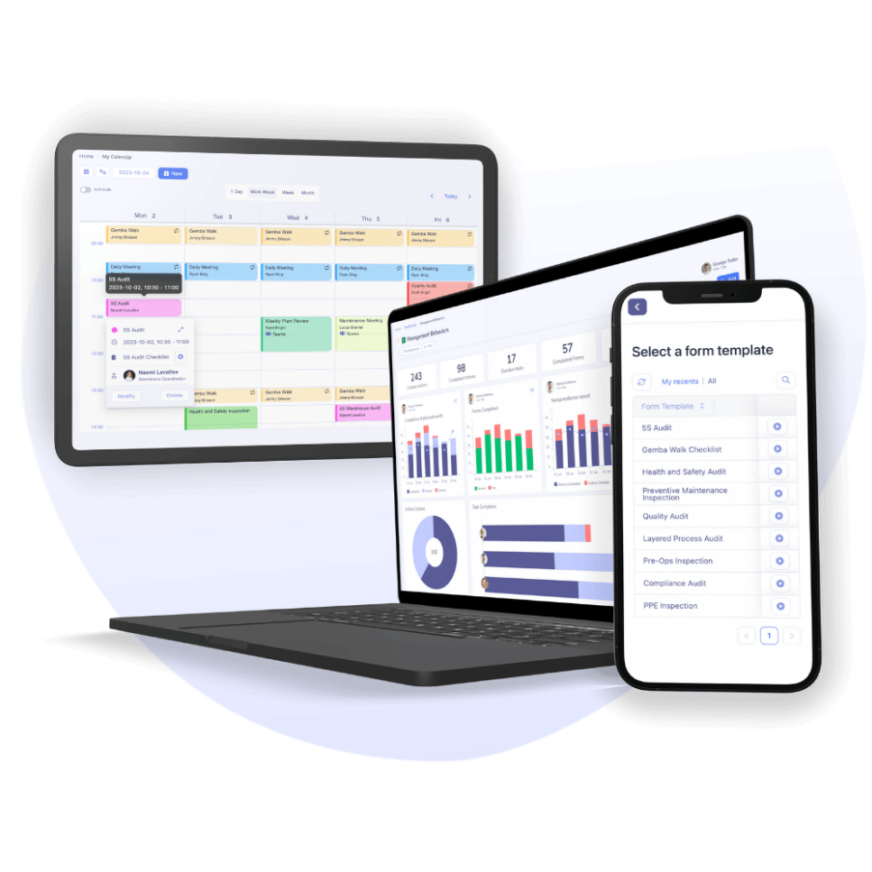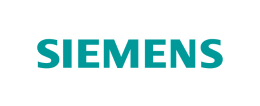Operational Control With Digital Gemba Walks

| Audience: | Manufacturing and Healthcare Executives, Lean Management and Continuous Improvement Professionals, Operational Leaders and Safety Officers |
| Last updated: | November 14, 2025 |
| Read time: | 3 min |
- They help managers validate standards, detect issues early, and engage teams with clearer visibility and faster follow-through.
- Digital workflows cut administrative overload, streamline issue escalation, and centralize improvement opportunities.
- With standardized routines and real-time insights, every level of the organization contributes to proactive problem-solving and stronger operational performance.
Management Practices Digitalization
In this series, Management practices digitalization, we’ll explore the differences between traditional methodologies and Tervene’s approach to operations management. Discover how Tervene sets the table to a successful digital transition for operational control.
Operational Control
Tervene’s primary operational control tool is the Gemba Walk: a systematic and regular validation of a department and its employee.
Gemba walks can serve many purposes:
- Know the production state;
- Validate and share goals;
- Encourage employee engagement;
- Validate standards;
- Detect issues proactively;
- Take action on issues before they impact production;
- Identify improvement opportunities.
An efficient gemba walk helps to detect issues proactively, which favours an accelerated resolution. Any recurring problems can be considered an opportunity for improvement.
Operational control: Traditionally
Usually, managers performing gemba walks use the tools at hand, such as a pen and a sheet of paper. Sometimes, an Excel spreadsheet will be used to collect statistics and analyze data from detected issues and their resolution. It can be a great source of waste to eliminate, provided that managers don’t mind writing the same information twice.

Once a manager detects an issue during a Gemba walk, they need to take action on it, but:
- How can they quickly transfer an issue and the relevant information to someone else?
- How can they log it as an opportunity for improvement?
- How can they efficiently share the information in a meeting?
- How do they follow up on a task they assigned to a colleague?
Operational control: With Tervene
Tervene improves and supports Gemba walks by enabling four key elements:
- No more rewriting the same thing twice or more;
- Automated data collection and analytics;
- Seamlessly send an issue out as a task or in a meeting;
- Easily log a recurring issue as an opportunity for improvement.

Upon detecting an issue with Tervene, a manager can with a few clicks:
- Solve the issue proactively;
- Transfer or escalate the issue to a colleague;
- Create a task with a due date;
- Send it in a meeting;
- Create an improvement opportunity.
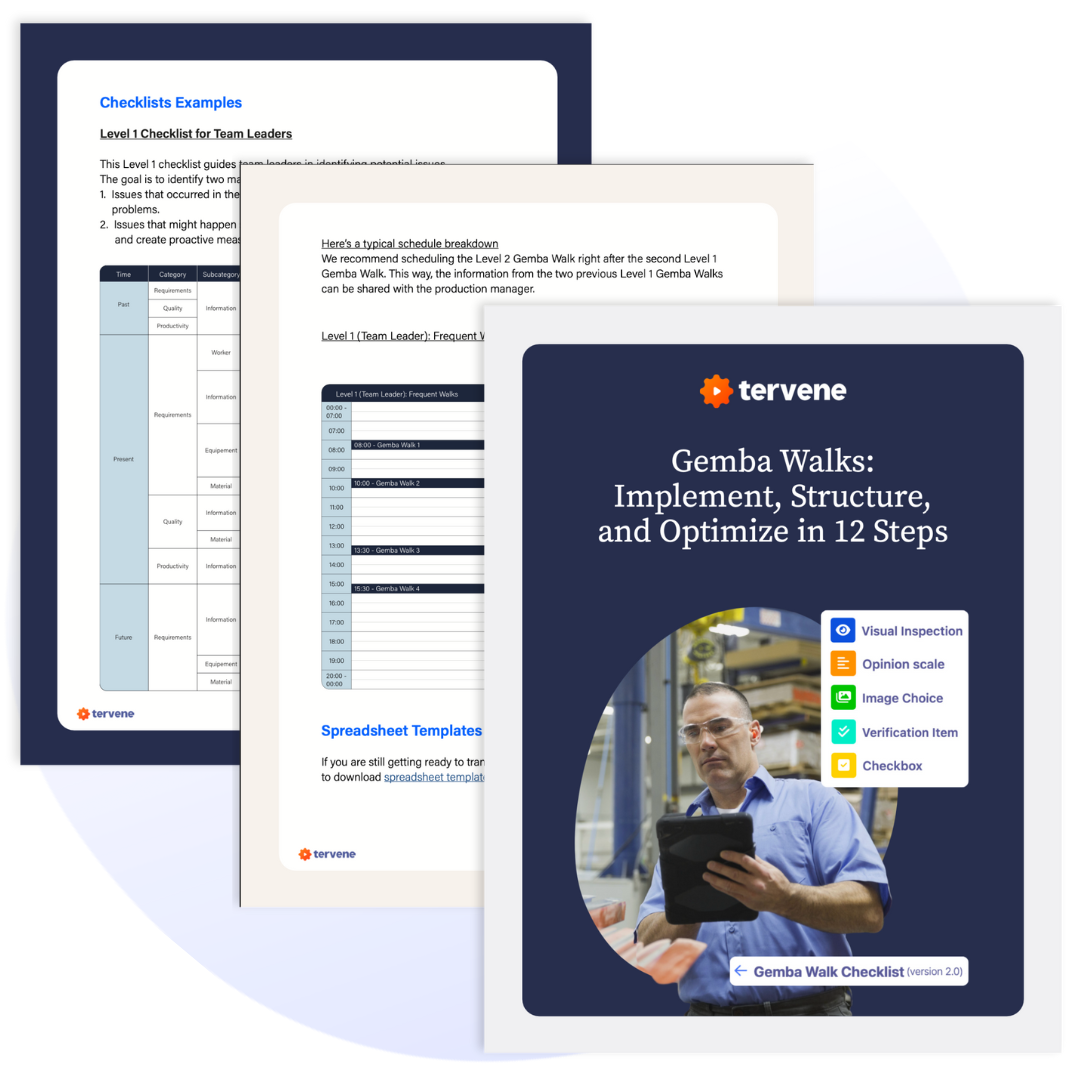
Gemba Walks: 12 Steps, Checklists & Templates
Comparison
| Traditionally | With Tervene | |
|---|---|---|
| Number of steps | 5 | 3 |
| Duration (min) | 70 | 35 |
| Real-time visibility | ✘ | ✔ |
| Automatic data compilation | ✘ | ✔ |
| Seamlessly send issue in the problem-solving ecosystem | ✘ | ✔ |
| Single data entry | ✘ | ✔ |
| Management behavior visibility | ✘ | ✔ |
Benefits
By reducing the administrative workload associated with day-to-day operations, everyone’s energy is focused on creating value for the business and its customers.
For manufacturers
- Gemba walk diligence
- Administrative tasks reduction
- Real-time dashboards
- Accelerated problem solving
- Objective alignment
- Standardize operational control
For directors
- Real-time visibility on gemba walks quality and issues
- Highlight coaching needs for managers
- Automated statistics compilation
For managers
- Single data entry
- Facilitate follow-ups
- Mobilize team to focus on objectives
- Reduce time spent in firefighter mode: reacting to problems
- Free up time for improvement projects
- Optimized operational control
For workers
- Systematic follow-ups on issues
- Improved support
- Involvement in improvement projects and idea generation
- Stress and wait time mitigation
Workers are valuable sources of improvement ideas for their department. An operational control structure that enables their ideas to be considered and to materialize will help organizations perform better.
Real-life use case
Since they began using Tervene, Safran Cabin Canada Co. (formerly Zodiac Aerospace) performed over 43k gemba walks and solved over 132k issues.
We tried implementing gemba walks on paper, but it was difficult and heavy to document. Escalating an issue required endless paperwork and follow-ups. Tervene brought the automation needed to facilitate the process.
-Steve Pellerin, Operational Director, Safran Cabin Canada Co.
Next article

